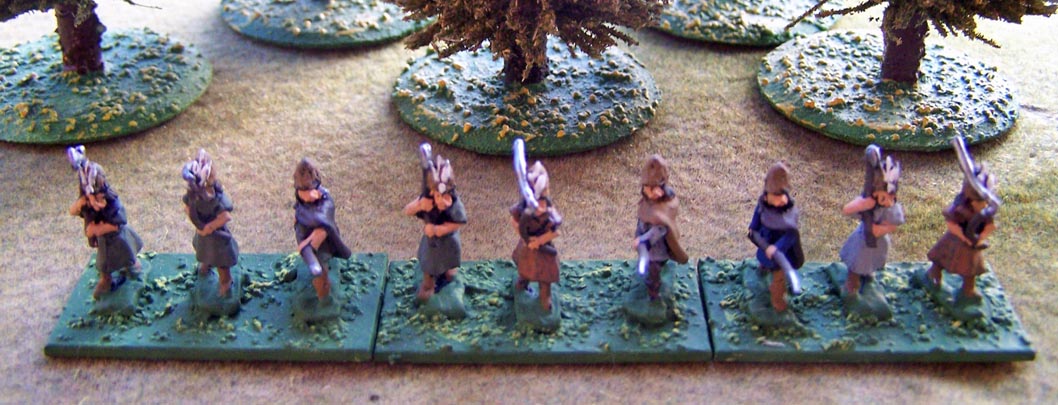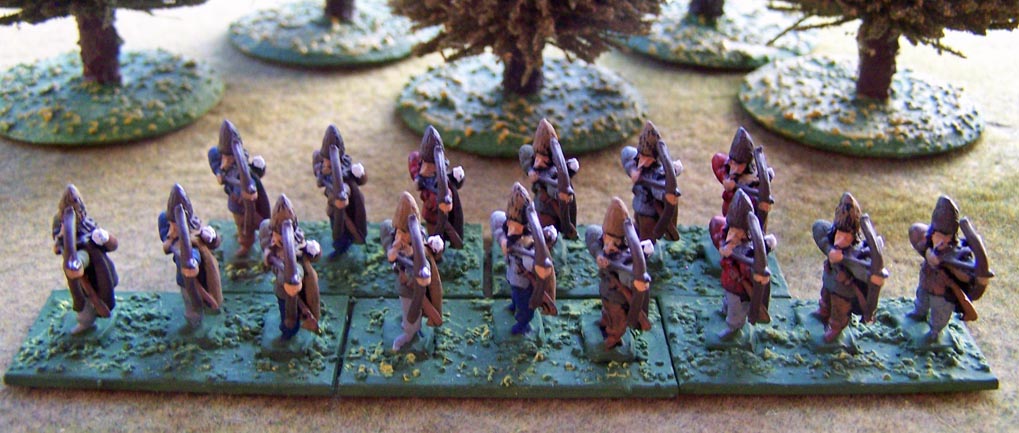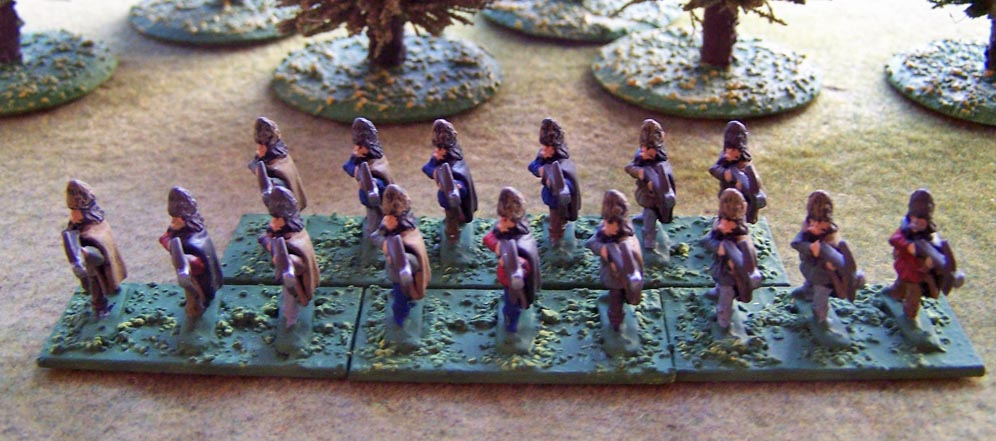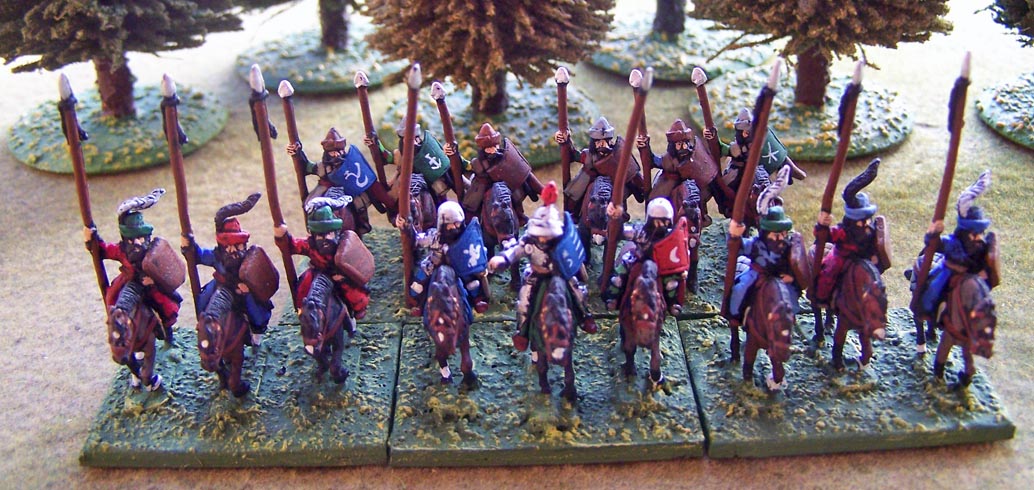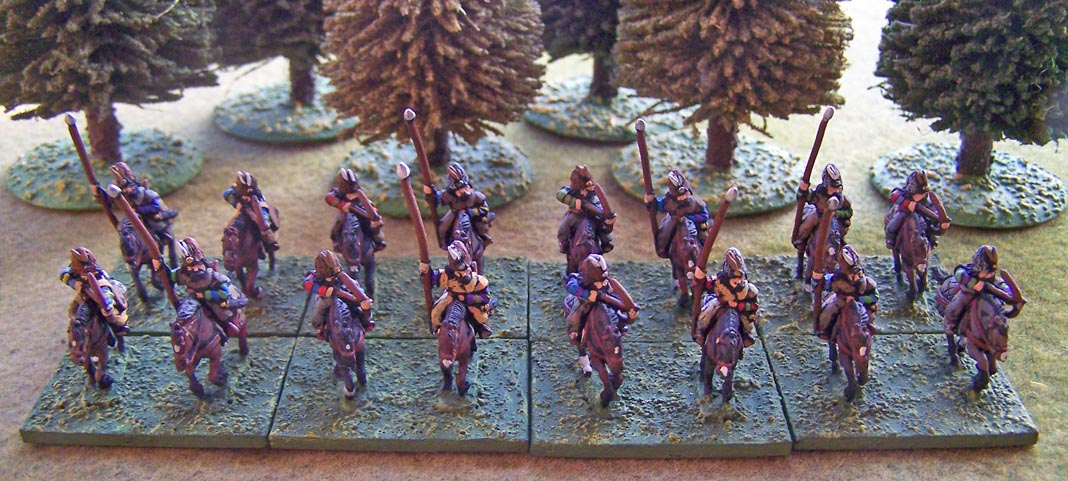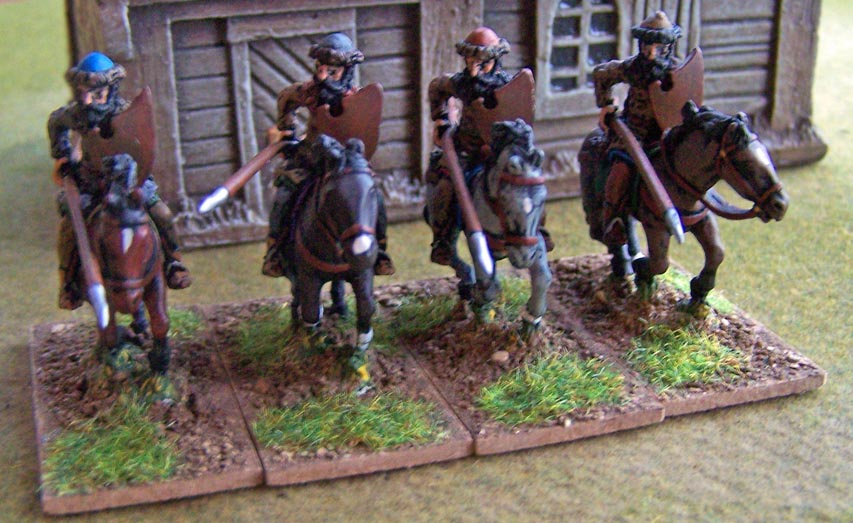- Home
- About
-
Travel
-
Features
- Dyrrachion1081
- Normans in the Balkans
- Manolada 1316
- Kosovo 1389
- Castles on the Danube
- Late Medieval Bosnian Army
- Doboj 1415
- Wallachian and Moldovan troops of the Napoleonic wars
- Anchialos 917
- Slovenian Borderlands
- The Zadruga and the Military Border
- Cretan War in the Adriatic
- Salonika 1916
- Uskoks of Senj
- Siege of Klis 1537
- Eugene in the Balkans
- Moldavian Surprise 1711
- Austro-Turkish War 1737-9
- Militargrenze
- Invading Ottoman Turkey
- Siege of Ragusa 1814
- Russo-Turkish War 1806-12
- Serbian Uprising 1815
- Ali Pasha
- Ottoman Army 1826
- Aleksinac 1876
- Shipka Pass
- Slivnitsa 1885
- Romanian Army 1878
- Austrian forts 19thC
- Kumanovo 1912
- Catalca Lines
- Adrianople 1912-13
- Kajmakcalan 1916
- The other 1918 campaign
- Macedonia air war WW1
- War of the Stray Dog
- Royal Yugoslavian armed forces
- Blunder in the Mountains
- Romanian SS
- Gebirgsjager in the Balkans
- Knights Move 1944
- Vis during WW2
- HLI in the Adriatic
- Adriatic Cruel Seas
- Dalmatian Bridgehead
- Cyprus 1974
- Transnistrian War
- Ottoman Navy Napoleonic wars
- Medieval Balkans
- Balkan lockdown quiz >
- Reviews
-
Armies
- Ancient Greeks
- Pyrrhic army of Epirus
- Dacian wars
- Goths
- Late Roman
- Comnenan Byzantine Army
- Normans
- Serbian medieval
- Albanian medieval
- Wallachian medieval
- Bosnian Medieval
- Catalan Company
- Polish 17C
- Austrian Imperialist
- Ottoman
- Austrian 18thC
- Russian Early 18thC
- Ottoman Napoleonic
- Greek Revolution
- 1848 Hungarian Revolution
- Russian Crimean war
- Romanian Army of 1877
- Ottoman 1877
- Russian 1877
- Balkan Wars 1912-13
- Macedonia WW1
- Greece WW2
- Italian Army WW2
- Gebirgsjager WW2
- Hungary WW2
- Turkey WW2
- Soviet Union WW2
- Bulgaria WW2
- Turkish Korean War Brigade
- Balkan Wars 1990s
- Links
- Books
Wallachian Medieval
Medieval Wallachia first gained its independence in 1330 when it defeated the Hungarians and established a principality. They allied with the Mongols but by 1368 again fell under Hungarian control. By this time the Ottoman Turks approached their frontiers and under Mircea the Old they defeated Ottoman attacks four times between 1394 and 1408. After the disaster of Nicopolis the pressure built and the Wallachians had to accept Ottoman suzerainty in 1417.
Of all the princes who seized power in the 15th Century the best known is Vlad the Impaler (1418-56). He had a number of successful attempts to hold off the Ottomans but eventually conceded. Despite this Wallachia remained a Christian state and was never absorbed fully into the Ottoman Empire.
The core of the army was the noble cavalry, largely armoured with lighter armoured followers. Light horse archers on the flanks and foot archers provided the main infantry base. Smaller numbers of mercenary and locally raised armoured foot, crossbows and handgunners were also available.
Of all the princes who seized power in the 15th Century the best known is Vlad the Impaler (1418-56). He had a number of successful attempts to hold off the Ottomans but eventually conceded. Despite this Wallachia remained a Christian state and was never absorbed fully into the Ottoman Empire.
The core of the army was the noble cavalry, largely armoured with lighter armoured followers. Light horse archers on the flanks and foot archers provided the main infantry base. Smaller numbers of mercenary and locally raised armoured foot, crossbows and handgunners were also available.
